This post explains what kinds (types) of bicycles exist and which is the best choice for which use. There are many “sub-types”, so this is just a short explanation of major distinctions and characteristics of each type.
A query that can be answered in order to get a recommendation of bicycle type most suitable for one’s needs and ways of using bicycle: Which type of bicycle suits my needs.
Bicycle types per intended use
According to the way a bicycle is to be used, one can choose the most suitable type of bicycle. Here is a list of basic types, with explanation.
A) Road, Gravel and Cyclocross bicycles
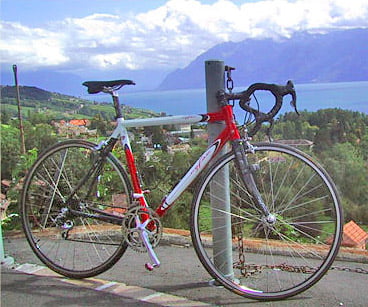
Fitness and sport machine – primarily.
Bicycle good for sport and recreational riding on (well) paved roads. Sitting position is such that it asks for sports clothes and fast riding. It is not suitable for carrying load.
Usually can fit only narrow tyres, with hardly enough room for mudguards, or rack mounting. It usually comes with gearing suitable for fast road riding – long gearing (gear ratios are explained in this post: Bicycle gear ratios).
Here, you can see my road bicycle buying guide.
Cyclocross
A special kind of road bike is a Cyclocross bike. It is a blend of MTB and a road bike. Sturdier frame, room for wider tyres, cantilever, V-brake, or even disc brake compatible. Good for those who need a road bike that can be ridden off-road aggressively.
Gravel
The latest craze (at the time of writing) is Gravel bicycles. What are these? Gravel bikes are basically more comfortable and less aggressive geometry cyclocross bikes. They are designed for long rides on bumpy terrain (“off-road” riding). Unless you ride really aggressively off-road, these bikes are among the best choices and are definitely among the most versatile bikes.
Gravel bikes can also be described as super-fast MTB-s (but they can’t really “fly” over rocks), or as slow road bikes (but still “faster” than most other bicycle types).
Article with road bicycle buying recommendations.
B) Mountain bike (MTB)
MTB is well suited for off road riding, steep climbs, technical courses. Strong frame, wide tyres. They usually come with lots of gears, with gearing short enough for steep mountain off road climbs. They come in a variety of designs:
- Old, rigid MTB. First model produced. Wheels with 559 mm rim diameter (26″ often called), no suspension whatsoever.
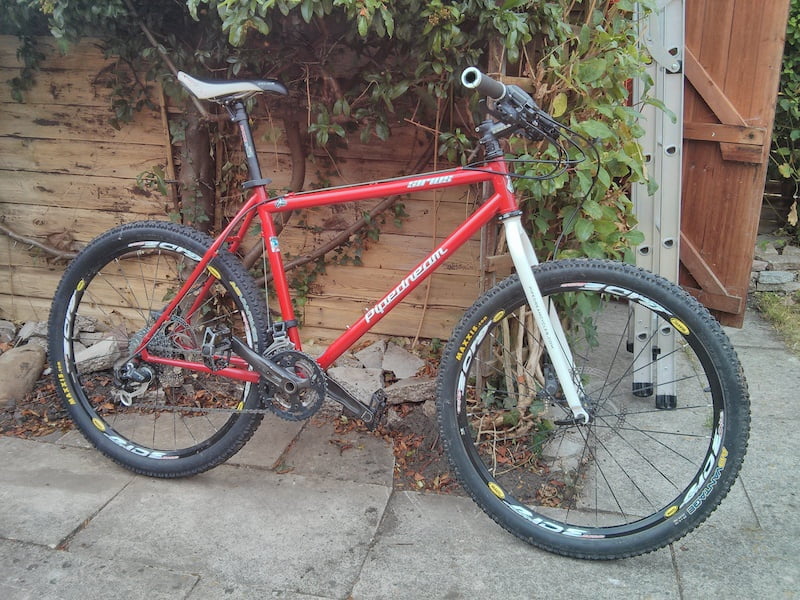
These are the most versatile bicycles. They can go in mud and gravel. They can take mudguards and rack and be used as a city/commuting/grocery hauling tool, they can take lots of weight so are good for touring as well. Because of slightly smaller wheels (559 vs 622 mm), they fit easily into elevators, small places.
- 29’er. MTB with road bike rim size – 622 mm. Because it usually mounts wide tyres, wheel diameter ends up around 29″ (and it sounds better for the marketing purposes). It rolls a bit faster than a 26″ MTB, is a bit more comfortable over rough terrain, and a bit bigger, heavier, harder to pack into an elevator. 🙂 27.5″ is somewhere in between. Explanation of each type pros and cons: MTB wheels: 26″ vs 27,5″ vs 29″ 29er.
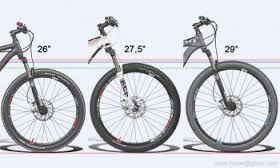
- Most modern MTB-s come with front suspension. Some come with full suspension. Full suspension bikes are good for fast down hill riding in off road terrain – for not much else, since they are very slow and hard to ride on flat or uphill paths. Explanation of differences: Advantages and disadvantages of suspension (shock absorbers) on bicycles.
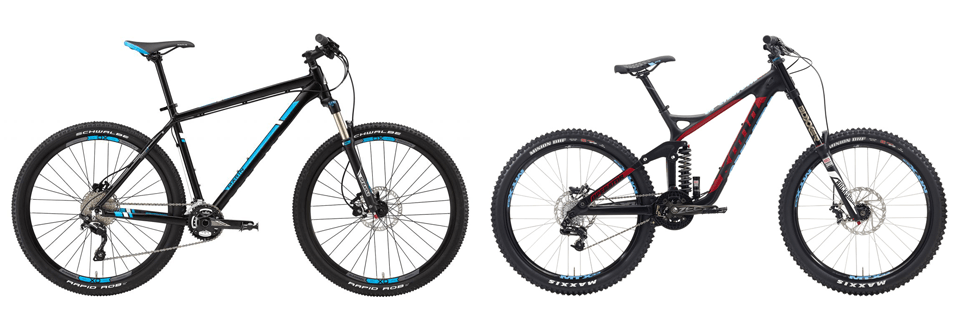
BikeGremlin’s mountain bicycle (MTB) buying guide
C) Hybrid, and Trekking
Somewhere between a road bike and an MTB. It usually has 622 mm wheels (28″) with tyres a bit wider than a road bike, and narrower than an MTB. There are two sub-groups in this category:
- Hybrid – like a road bike with flat bars.
- Trekking – closer to a combination between a city, MTB, and a road bicycle.
Comparing the two: hybrid bicycles are generally lighter, faster, but less comfortable, than trekking bikes.
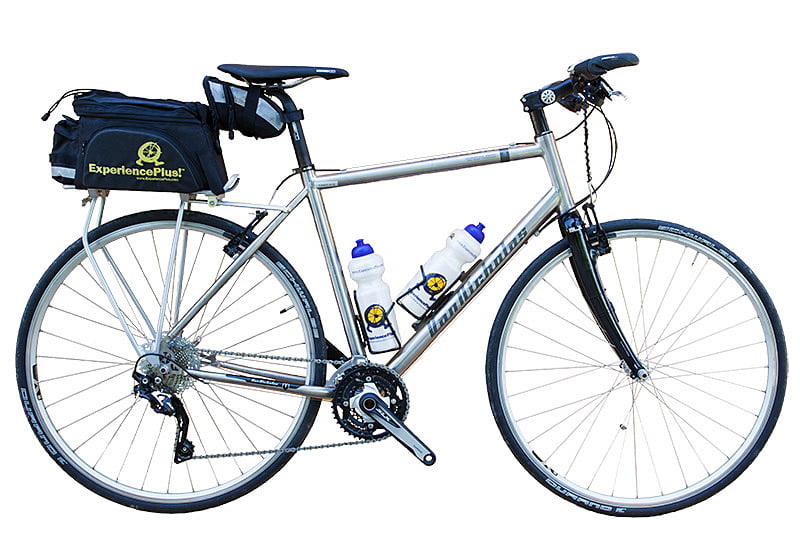
There are sturdier ones, with wider tyres and a front suspension – closer to a MTB. Those are called “Trekking” bikes.
Usually has room for mounting mudguards and rack mounting screw holes drilled in the frame. Gearing is usually somewhere between an MTB and a road bike.
BikeGremlin’s trekking bicycle buying guide
D) City bike
Even more relaxed than a hybrid. Often comes without gears and derailleurs – just single speed (not always). More upright sitting position than hybrid. Suitable for short city distances, because of a non-aero sitting position. Upright high sitting position allows for good visibility in traffic.
Full chainguard and sitting position make riding in a suit, or a dress, easier.
Usually comes with rack, mudguards and lights already mounted.
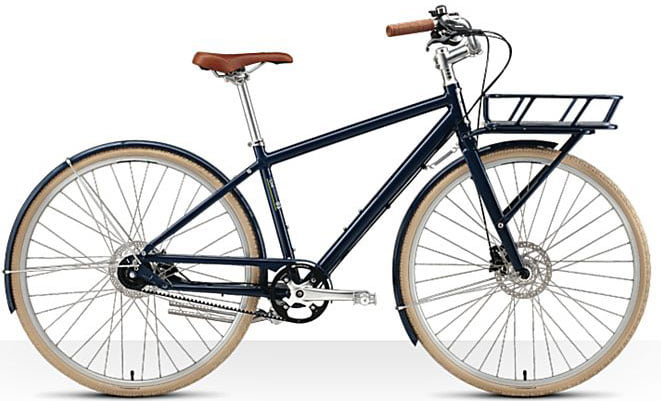
City bike usually comes with mudguards, racks, baskets, lights etc.
BikeGremlin’s city bicycle buying guide
E) Folding bicycle
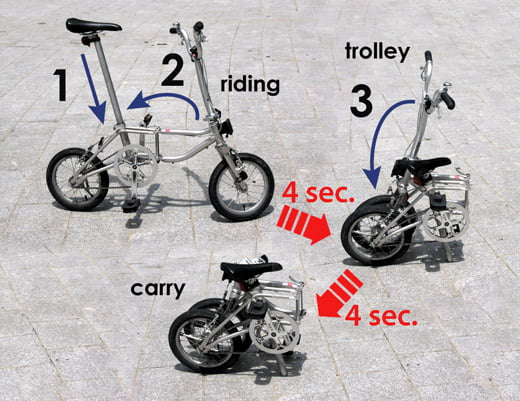
A sub category of a city bicycle. Used mainly for commuting, by people who travel via some other means of transport (train, or a car). Bicycle is easily packed to be carried. When it is needed, it is easily reassembled. It has small wheels, so it takes less space, but the saddle and handlebars can be extended so that it can be ridden by an adult.
F) Touring bicycles
They usually have larger rear triangle. Rear wheel is further from the bottom bracket. This makes weight distribution more even, and allows for large panniers and lots of cargo to be carried.
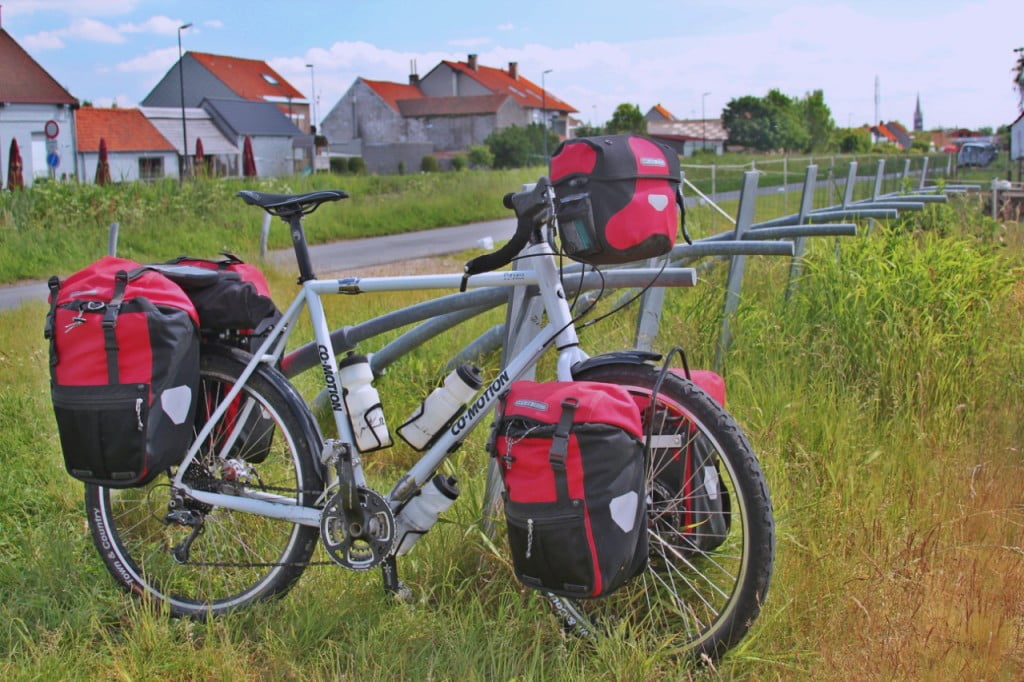
MTB wheels with fat tyres, road bike style drop bars (most comfortable for road riding), lots of room for luggage, steel frame.
Gearing is with a lower ratio, so that it allows climbing hills with a heavily loaded bicycle. Frame is usually made of steel, made stronger so it can take heavy loads and abuse.
G) Recumbent
Here’s a picture right away: 🙂
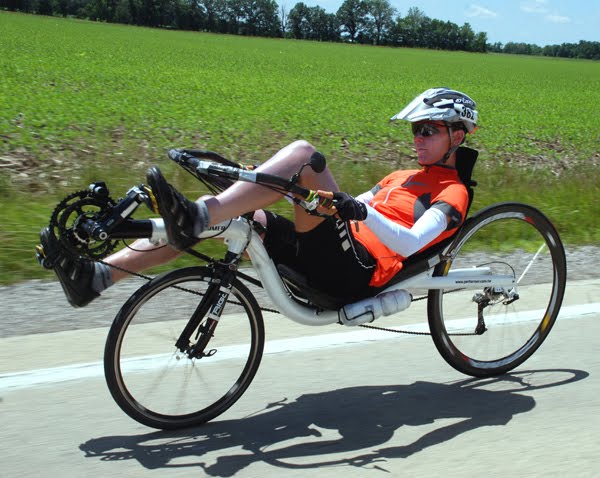
Because of the seating position, these bicycles provide less air drag, so are faster on flat road. However, they are worst at: cornering at very low and very high speeds, climbing hills, riding on bad pavement / off road, going through dense traffic. Just like with digital watches: there are people who believe it is recumbent a good idea. 🙂
H) Electric bicycles
Usually with an electric motor that can drive bicycle, or give aid when pedalling (up hill for example).
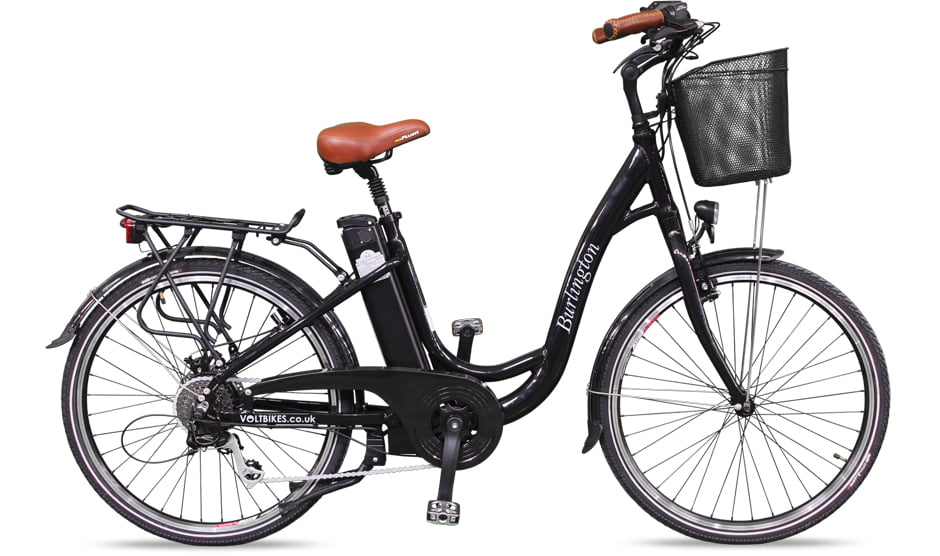
Good for the elderly, or people who commute to work and don’t want to arrive all sweaty. Frame design is usually like of a city bicycle. They are quite heavy because of the motor and batteries.
I) Tandem bicycles
Type where two or more people ride one bicycle. Good for partners, or families. It usually consists of one long frame with one steering handlebar, but several saddles and pairs of pedals.
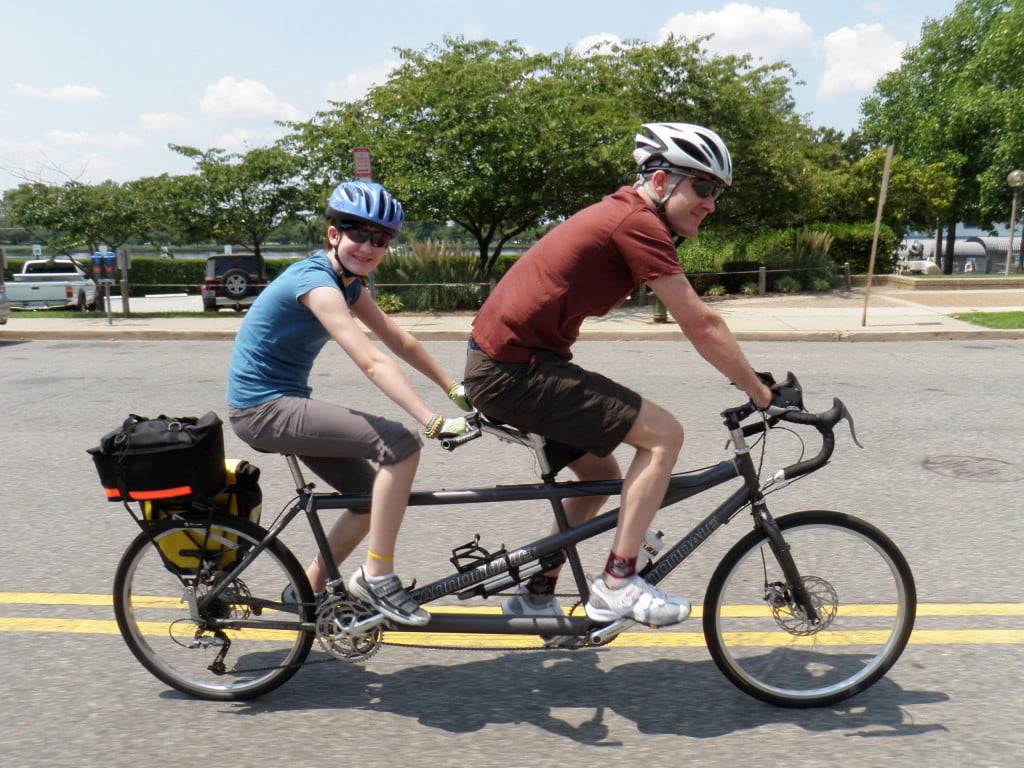
This kind of bicycle is good if one rider is much stronger/weaker than the other. It enables rather fast riding, combining strengths of both riders, with minimal air drag.
J) Cargo bike (utility bike)
Small lorry of a bicycle. Strong wheels, wide tyres, strong frame, with room for cargo placement. Pictures say more than words:
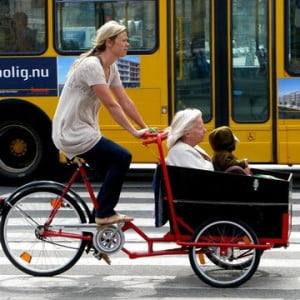

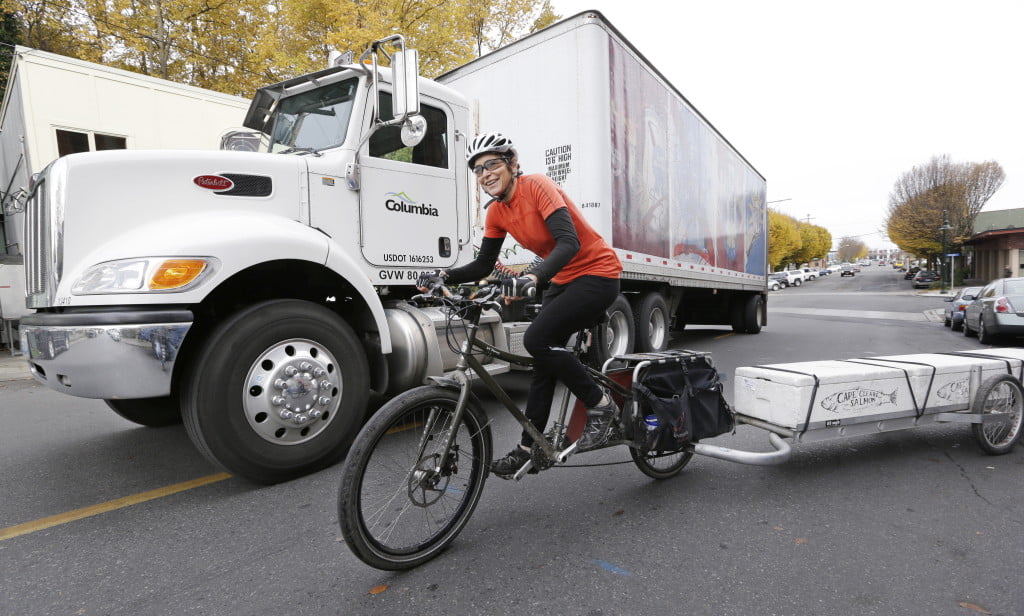

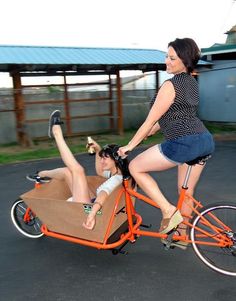
Conclusion
For each use, there is an appropriate model. If in doubt, one can’t go wrong with a rigid MTB for a start, for gaining riding experience and figuring out what the ideal choice is.
Important type – kids bicycles, are explained in detail in a separate post: Kids’ bicycles – how to pick the right size?
Related post – “Stack and reach” – effective (“real”, comparable) size of a bicycle frame:


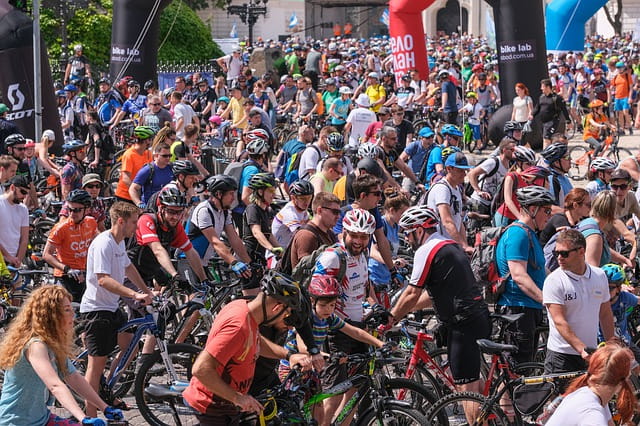
Commuter use road bikes or best city bikes. From the review, I get good information about all types of bikes especially cargo bikes and I never know about this before. Thanks!
Folding bikes are not necessary city or commuting bikes. There are racy road folding bikes or MTB folding bikes. Not as good as regulars but they are folding. And yes, it is an advantage that they can be packed into other means of transport but the main advantage in my view is that at home, like in my case, if you live in an apartment and your wife hates bikes (maybe I married the wrong one), folding bikes can be stored in some small closed. I have 2 of them, one electric (to avoid sweat to work) and one regular for enjoying a park ride.
Electric bikes are now not only city bikes but for more than 5 years they’ve evolved so much in E-MTBs, E-Roadbikes and so on. Each important manufacturer now has a large range of E-bikes. My favourite would be the Go-Cycle.
I wish that in this article you would have detailed all category of MTBs and Road bikes that exist, such as XC, Trail, Enduro, Dowhnill, respectively TT bikes, TR bikes, Race bikes, and so on… I don’t know myself so well all categories as well.
For the Cargo bikes, you sometimes showes TRIkes. 😛
Cheers!
Hi Dragos,
There are many sub-categories, with more or less marketing involved. There are also many but-ifs (one example: high-quality full-suspension MTBs can be faster even on flats, compared to non-suspension bikes, if the rider is fit and the surface is rough enough…).
In order to not turn each article into a whole book, I tried to strike the balance of not being too broad and in detail, but also not missing the “high points” as the Americans say. To the best of my knowledge and ability.
That is why, among other things, various types of MTBs are explained separately, in the MTB buying guide.
I think my articles and videos are too broad and long already, even with those restrictions I pose(d) on myself. 🙂
I have just found your website for less than 24 hours. And in this time I still have to do my own work and be a father for my 5 year old :)) .
But, the more I dig into your website, the more I like it and the more complete it is. I have just seen other articles on specific MTBs and so much more.
I am not even criticizing your article for being too long/short complete/incomplete. I am just the comments guy, closer to a troll than to an expert or a critic. (Eg. I joke about how you showcase cargo bikes if they have 3 wheels and thus are trikes not bikes).
Bicycling in itself has many sub-categories such as racing, bike-packing, maintenance, restoring and of course, my favorite: security.
So nothing that I write is with bad intentions, it is because I like your content and I feel engaged, if anything, it is out of respect, to show you that out there, there are other people who read your stuff and who have the same interests.
And bike security is a special topic for me and it triggers me.
For me, you are on the same list with: Calvin Jones (from Park Tool), RJ The Bike Guy, Red_Dread and others, because I have never heard you with fake or stupid or irrational ideas. The think you are the only one who touched security and with the website, you are the only one that goes into a large number of bike-related topics.
I might also like you because we are neighbors and where for others your “tarzan” English accent might be a problem, for me it is clear and I can relate.
Most of the articles about safety (except for Sheldon) that I read, looked like some filler in the website, like the author just wanted to touch the subject. You actually went into more detail. Security is a science in its own.
It’s hard to stay short on interesting topics.